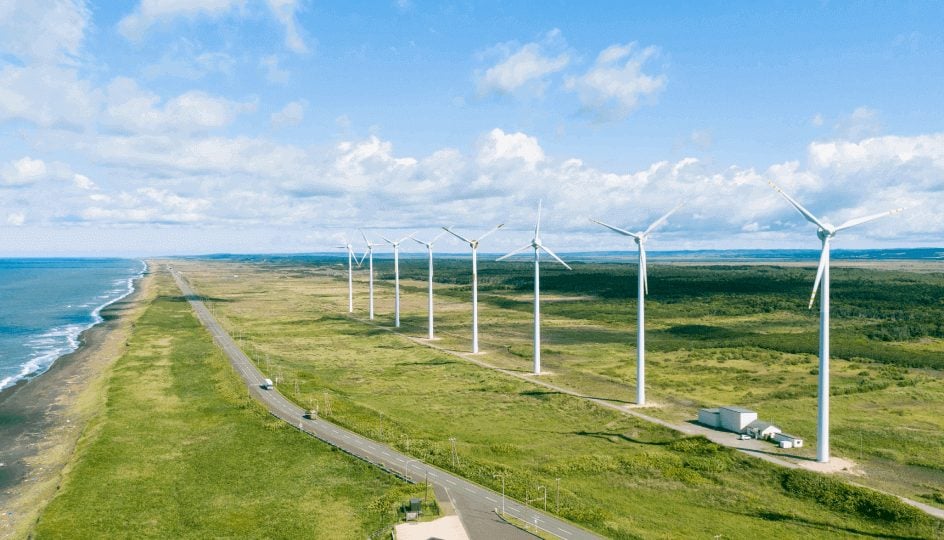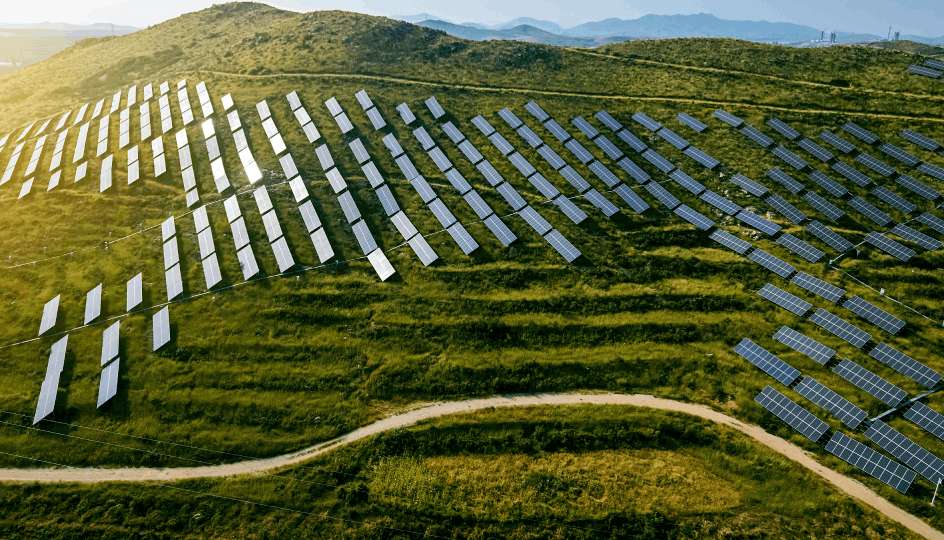Unravelling Asia’s renewable energy SPV frameworks

In Asia’s renewable energy industry, special purpose vehicles (SPVs) are pivotal entities that bridge the gap between investors and sustainability-driven projects. They are designed to oversee the development, financing, and operation of renewable energy ventures, but different Asian jurisdictions have different legal frameworks for SPVs, presenting both challenges and opportunities.
The pace of development and investment in renewable energy in Asia-Pacific far exceeds that in other parts of the world. A combination of rising population, strong economic growth stories, the greenfield nature of the region’s project market and appealing government-backed incentives has driven the sector to new heights over the years, as earlier articles in this series explained.
Renewable energy companies in Asia most often set up special purpose vehicles (SPVs) to balance the risks associated with a project with financial returns. SPVs are commercial ventures that operate as independent legal entities; have their own balance sheets and assets; are viewed separately to the parent company; and have three key parties involved: shareholders, lenders or investors and offtakers.
The advantages of SPVs are many. Renewable energy companies can attract new investors or funding by using SPVs; they can ensure that different projects remain independent; and, more importantly, they can isolate the financial risk inherent in renewable projects.
In this article, we explore why SPVs are prominent in different Asian jurisdictions and how they are structured; how price negotiations work within these SPVs; and how some of the unique features of renewable energy SPVs impact a fund’s return on investment (ROI).
Thailand
Thailand’s authorities keep a tight control on ownership of renewable energy assets by foreign investors. The country’s Foreign Business Act (FBA), for instance, restricts foreign ownership in numerous sectors, including energy production, for national security and economic protection reasons. The types of restrictions vary and can span everything from limits on share ownership and governance to land ownership and management control.
When it comes to renewable energy SPVs, the FBA caps foreign investors at a 49% stake. There are, however, exceptions offered to some renewable energy companies by the Board of Investment. Firms engaged in closed-loop off-grid systems, like solar roof electricity generation for factories, can fully own the energy SPV, but if it’s a company selling on-grid solar, wind or hydro power, foreign investors will need to work in partnership with domestic counterparts.
Given the slew of restrictions on foreign funds, joint ventures remain the predominant SPV structure favoured by investors.
The core of every renewable energy project SPV is the power purchase agreement (PPA) signed between public parties (or the offtakers) and private funds or investors. In Thailand, the PPAs benefit from the government’s Feed-in Tariff (FiT) rates. The FiT is a guaranteed price offered by the government to renewable energy producers for the electricity they generate. The price is published once every year and is non-negotiable, making attempts to boost profits trickier.
Naturally, this makes investing in FiT-supported projects riskier for investors. It’s critical for funds to factor in regulatory, inflation, currency, counterparty and natural disaster risks before making any investments.
Vietnam
Vietnam’s renewable energy SPV industry shares numerous similarities with Thailand, including the use of government-determined fixed FiT rates that can limit the ability to make big profits. Vietnam offers a robust cost control mechanism that has the potential to bolster oversight over the return on investment.
When it comes to structures, the most common legal entities for renewable energy SPVs in Vietnam are limited liability companies – which are relatively easy to set up and manage – and joint stock companies, which offer more flexibility, making them suitable for larger projects.
There are regulatory uncertainties, however, particularly around possible changes in the future to how the FiT rates are determined, or even readjusted. This is somewhat mitigated by Vietnam’s stable currency, which is pegged to the US dollar, but investors still need to watch out for the impact of inflation and potential exchange rate fluctuations when considering renewable energy SPVs in the country.
Philippines
Renewable energy SPVs in the Philippines are largely structured as joint ventures between two or more corporations or as a subsidiary of a parent company. Like other businesses in the country, they must be registered with the major local regulators, including the Securities and Exchange Commission, and be licenced by the Department of Energy.
Price negotiations for renewable SPVs are conducted by the different parties involved through PPAs, share agreements or service agreements.
The regulatory framework in the Philippines for the renewable energy industry, and in turn for SPVs, is largely favourable. This is handy as the country is prone to natural disasters and environmental factors, making risk management an important requirement. SPVs fit the bill as they help to isolate risks linked to a particular project by providing a clear legal framework for investors.
When it comes to the sale of renewable energy products to end customers, the prices are regulated jointly by the Department of Energy, the Energy Regulatory Commission and the Department of Trade and Industry to protect the interests of the public.
Japan
Japan’s varied geography and climate conditions mean a range of renewable energy power sources are available. SPVs align well with this as they provide flexibility for investors to participate in diverse projects.
SPVs in Japan are typically set up either as a limited liability company (“GK”) where investors invest by way of equity, silent partnership investment (“TK investment”) and debt, or, a special purpose limited liability company (“TMK”) funded from numerous sources, such as specified equity, preferred equity and bond/debt financing.
In its studies, a prominent Japanese project lender has highlighted two risks for the operational phase of renewable energy projects. Given that power generation is subject to weather conditions, the first is uncertainty around capacity factor: how much energy a project was able to generate versus its theoretical maximum power generation capabilities. It reckons this risk can be mitigated by extending the tenor of the project financing – a longer operational period means a better chance for the project to perform closer to expectations, even if there are fluctuations in the short term.
The second challenge is posed by factors other than capacity factor, like changes in energy demand or unit price. The trick here is to put in place an offtake agreement at a predetermined price, which effectively guarantees the sale of all the power generated at a fixed cost. These power purchase agreements often have tenors of up to 20 years.
Singapore
Singapore has made impressive strides in renewable energy adoption, including through SPVs, which have become prominent due to their effectiveness in project development, financing and management.
Like in many other markets, an SPV in Singapore can be set up as a private limited company, a limited liability company or a partnership. An SPV is typically tailored for a specific project, which helps investors to collaborate on renewable energy related ventures without complications arising from managing multiple projects or assets under one SPV. It also ensures that investors can find financing for a particular project from different sources like banks, equity investors, government grants and other private or public entities.
As in other jurisdictions, renewable energy SPVs are anchored by contractual agreements between different parties – agreements that outline important information like pricing mechanisms and risk-sharing. PPAs remain the cornerstone of pricing negotiations, and often tend to have tenors of 10 to 30 years.
Singapore too uses Feed-in Tariffs, but unlike some other markets, the FiTs may be negotiated by the SPV with the government.
Malaysia
Malaysia’s renewables ambitions have been clearly laid out in its Renewable Energy Roadmap, which aims to meet 40% of all energy needs with renewable sources by 2035. For international investors, Malaysia’s renewables industry provides an attractive investment opportunity.
The country has long leveraged FiT, fixed by the government, as a primary tool for price negotiations. FiTs are rates at which renewable energy producers are paid for their electricity. Naturally, the government determines the FiTs based on technology, capacity and numerous other factors. A well-structured PPA or FiT can help to mitigate price volatility, giving producers some predictability around the revenues they will earn. But it’s worth noting that if the negotiated rate is lower than market rates, the SPV may end up facing financial challenges. PPAs may incorporate FiT rates or involve negotiations to determine different pricing structures.
Investors have to look carefully at multiple factors like market conditions, resource viability, and the fine print in any PPAs to understand the trajectory of their investment returns.
Understanding the significance of SPVs
SPVs might seem complex, but understanding their significance is paramount for investors, if they want to capture the opportunities in the renewable energy space.
As the global shift towards sustainability gains momentum, SPVs will become critical to unlocking the full potential of renewable energy projects, both in terms of financial success and their invaluable contribution to a more sustainable future.
How can TMF Group help?
To learn more about the regulations around renewable energy SPVs in Asia and the possible return on investment, contact us today.





